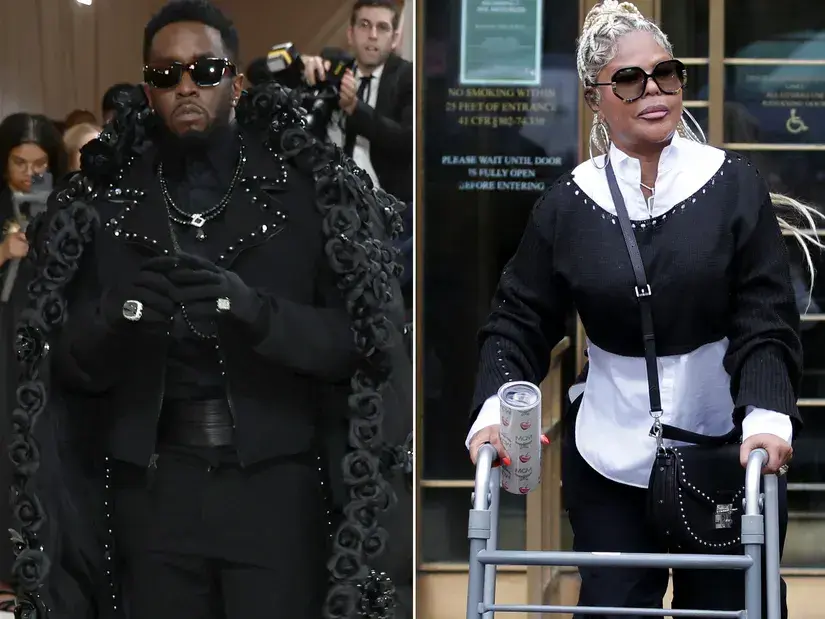BY: Jasmine Franklin
Published 11 months ago

Did you know women have far less orgasms than men? And no, it doesn’t matter if they’re lesbians. Unfortunately, women are disproportionately affected by an “orgasm gap.”
The orgasm gap refers to the disparity in the frequency of orgasms experienced by different genders during sexual encounters. In heterosexual relationships, studies show that men tend to have orgasms more frequently than women. This discrepancy also exists in same-sex relationships but manifests differently.
But what are the causes of a pleasure gap? There are many reasons why women experience less pleasure than men in the bedroom, but here are the top three.
1. Men Learn To Prioritize Their Pleasure
First, there is a significant difference in how men and women are socialized about sex. Men often learn to prioritize their pleasure, while women may not receive the same encouragement. Therefore, it leads to a focus on male satisfaction in many sexual encounters.

2. Men Reach Their Peak Before Women
Next, anatomical differences play a role. The male orgasm tends to be more straightforward due to direct stimulation of the penis. In contrast, the female orgasm often requires more specific stimulation, particularly of the clitoris, which is not always prioritized or understood in sexual activity.
3. Lack Of Proper Sexual Education
Another factor is the lack of comprehensive sex education. Many people do not receive adequate education on female anatomy and sexual pleasure. This knowledge gap can lead to ineffective sexual practices that do not consider women’s needs.
Do Lesbian Couples Suffer From Pleasure Inequality In The Bedroom?

In same-sex relationships between women, the orgasm gap still exists but often manifests differently. The orgasm gap is not completely absent in lesbian relationships. Factors such as communication, sexual technique, and individual preferences play a crucial role. Just like in any relationship, open dialogue about sexual desires and needs is essential. Lesbian couples who prioritize these conversations and understand each other’s bodies tend to experience higher rates of orgasm.
Research suggests that lesbian couples report higher levels of sexual satisfaction compared to heterosexual couples. This is partly because lesbian couples tend to spend more time on foreplay and focus more on mutual pleasure. They are often more knowledgeable about female anatomy and the specific stimulation required for orgasm.
In heterosexual relationships, a 2016 study consistently shows that men reach orgasm more frequently than women. This disparity can lead to feelings of frustration and dissatisfaction for women. It can also impact their overall sexual confidence and self-esteem. Furthermore, the impact of the orgasm gap extends beyond individual experiences. It reinforces broader societal patterns where women’s needs and desires are deprioritized.
How Can We Address Orgasm Gaps?

Addressing the orgasm gap requires a multifaceted approach. Education plays a critical role. Comprehensive sex education that includes information about female anatomy and sexual pleasure is essential. This education should extend to both men and women, fostering a culture of mutual respect and understanding.
Communication between partners is also vital. Open and honest discussions about sexual desires, preferences, and needs can help bridge the gap. This requires creating a safe, non-judgmental space where both partners feel comfortable expressing themselves.
Moreover, shifting the focus from a goal-oriented view of sex, where orgasm is the primary measure of success, to a pleasure-oriented approach can help. This perspective values the entire sexual experience, not just the endpoint.
By addressing these underlying factors through education, communication, and societal change, we can work towards closing the orgasm gap and fostering a more equitable sexual landscape for all.









